By Haley Herzog
Look up in the sky. It’s a bird. It’s a plane. It’s a drone!
And it’s another tool for farmers and ranchers to use, joining tractors and combines as mainstays on the farm.
Over the last few years, unmanned aerial vehicles, also known as drones, have taken off, giving flight to agriculture’s roots.
They’re used to measure, observe and respond to variability found in crops and livestock.
How do they do that?
Farmers scout their fields using drones. They’re able to monitor the growth of the crop and determine if fertilizer, herbicide or pesticides are needed.
They can check their livestock. By flying the drone over a herd of cattle or a flock of sheep, a rancher can see if animals are missing or if there are any injured. They can also check stock tanks, water troughs and feed sources.
Farmers can even manage irrigation using drones. They can see areas that have pooling water or insufficient moisture. The frequent inspections can allow them to be more efficient with their time and water.
Drones are small, but handy. And the technology is here to stay, taking agriculture to new heights.
In just a few short years, drones have generated a lot of buzz—in the air and on the ground. And the sky’s the limit for what agriculture can do with this technology.
Haley Herzog is Texas Farm Bureau’s Communications intern. She is a recent graduate from Texas A&M University with a bachelor’s degree in Agricultural Communications and Journalism. She raises Brahman cattle with her family on their Central Texas ranch.

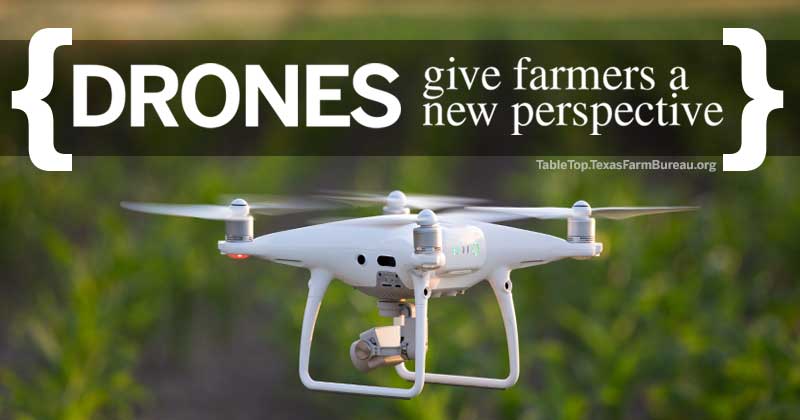
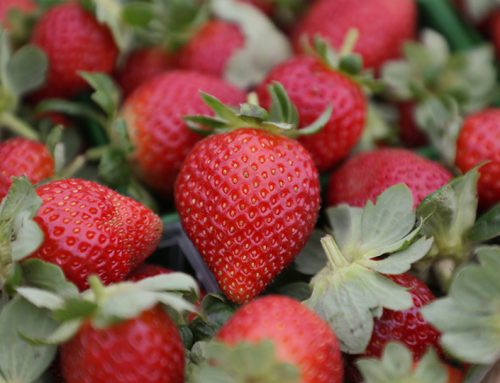
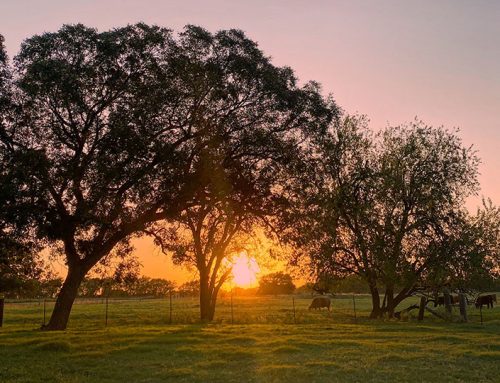
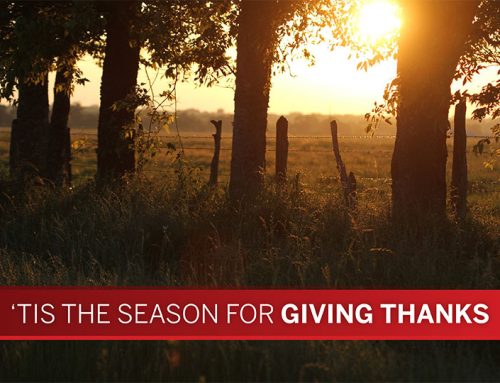
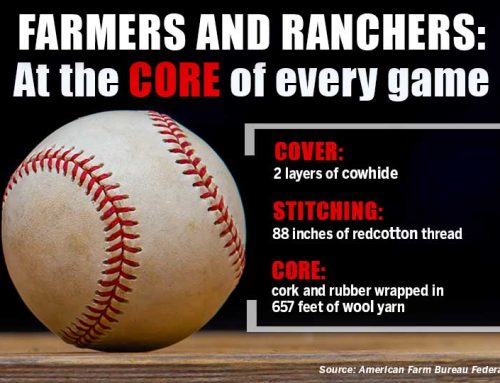
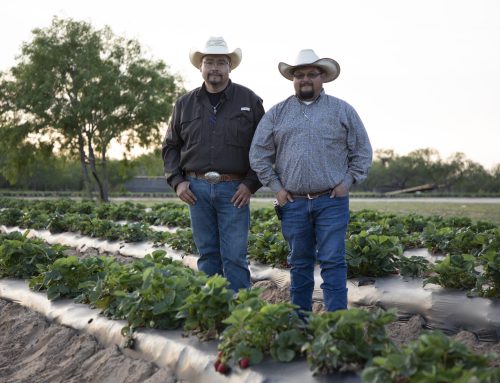
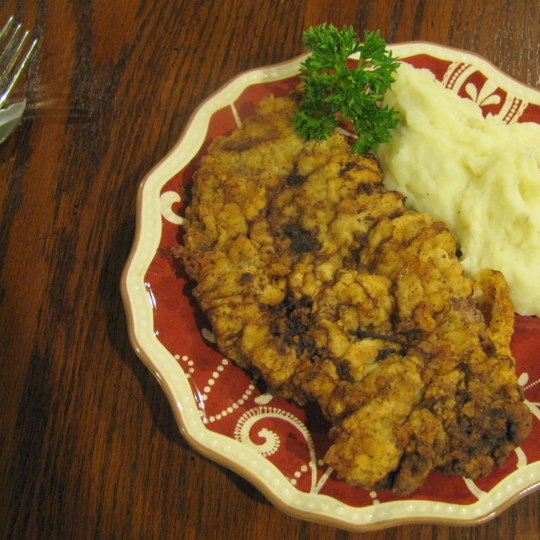
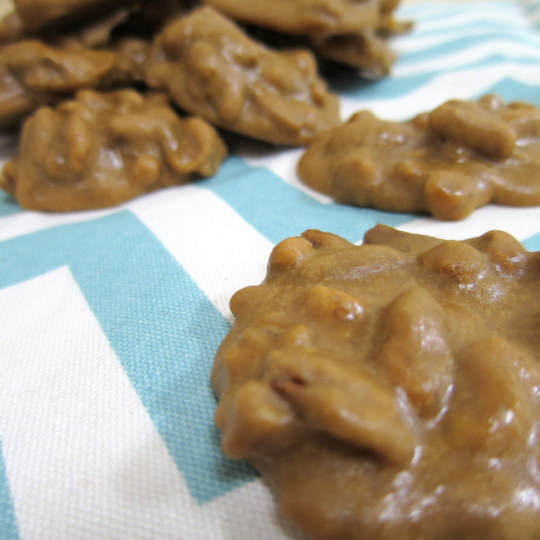


AeroAg is providing money saving drone imagery to farmers. Manage fertilizers, pesticides, irrigation, and even drainage more efficiently with our drone data. See more at http://www.AeroAg.net